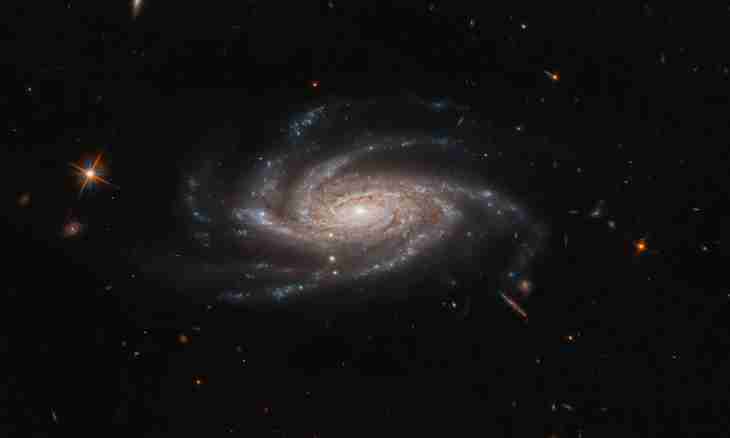The orbital telescope of E. Hubble (or just the Hubble Telescope) – the scientific device most expensive in the history (its creation cost more than 1.5 billion dollars), was launched into an orbit on April 24, 1990. Thanks to it pictures of far galaxies and fogs which not only explained many questions were received, but also put many riddles before scientists.
The telescope of Hubble constantly is in an orbit of Earth and already only therefore has three advantages before land analogs: the quality of the image is not affected by the atmosphere, thanks to smaller dispersion it is possible to seefarof light the located objects and range of electromagnetic waves from infrared to ultra-violet. All these advantages are used fully thanks to a difficult design of the Hubble Telescope.
The main mirror of the telescope has diameter of 2.4 m, and secondary – 0.34 m. The distance between them is strictly verified and makes 4.9 m. The optical system allows to collect light in a bunch with a diameter of 0.05 inches (even at the best telescopes on Earth a dispersion circle more than 0.5 inches). Resolution of the Hubble Telescope is 7-10 times more, than at analogs on Earth.
At such exposition very high extent of stabilization and accuracy of aiming at an object is necessary. It made the main complexity at design – as a result a difficult combination of sensors, gyroscopes and star guides allows to hold focus within 0.007 inches a long time (targeting accuracy at the same time not less than 0.01 inches). Six main scientific devices which are the last achievements of a scientific thought for shuttle launch are onboard installed. It is the spectrograph of high resolution Goddarda for work in the ultra-violet range, the camera and the spectrograph for shooting of dim objects, planetary and wide-angle cameras, a high-speed photometer for observations of objects with the changing brightness and sensors of exact targeting. That the system was self-sufficient and did not need power supplies, the telescope is supplied with powerful solar batteries which, in turn, charge six hydrogen-nickel accumulators. All computers, batteries, telemetric and other systems are located so that they could be replaced without problems in case of need.
